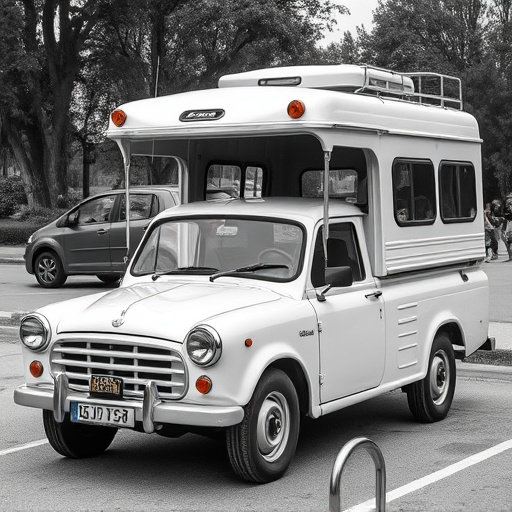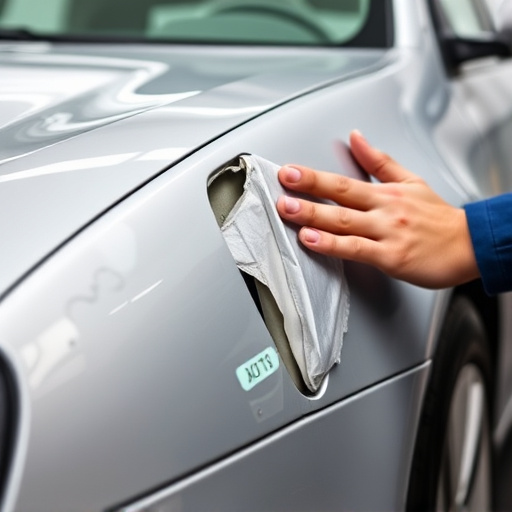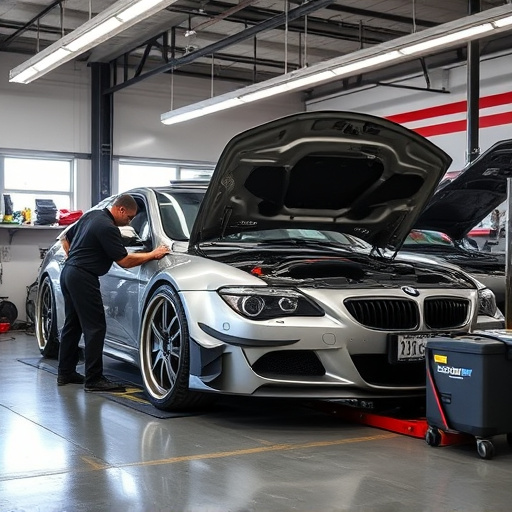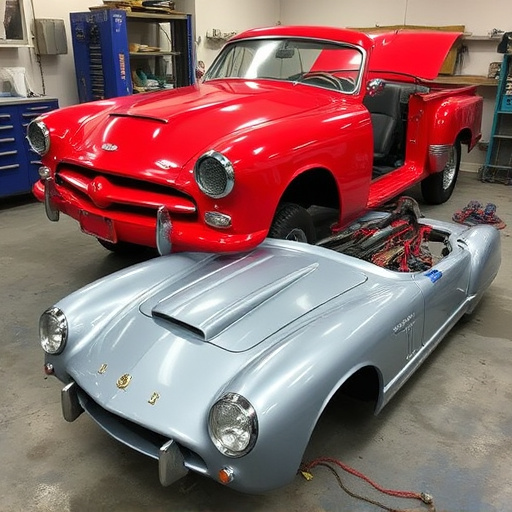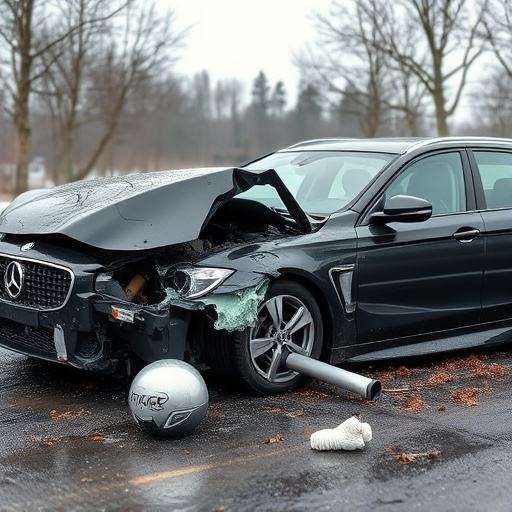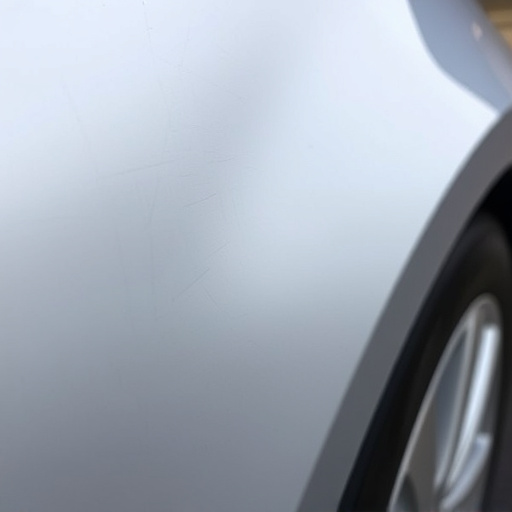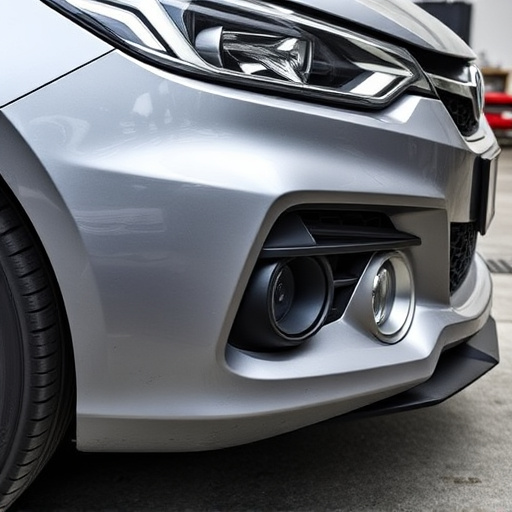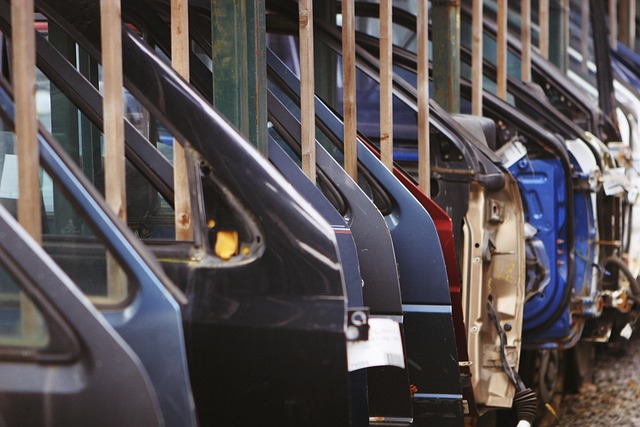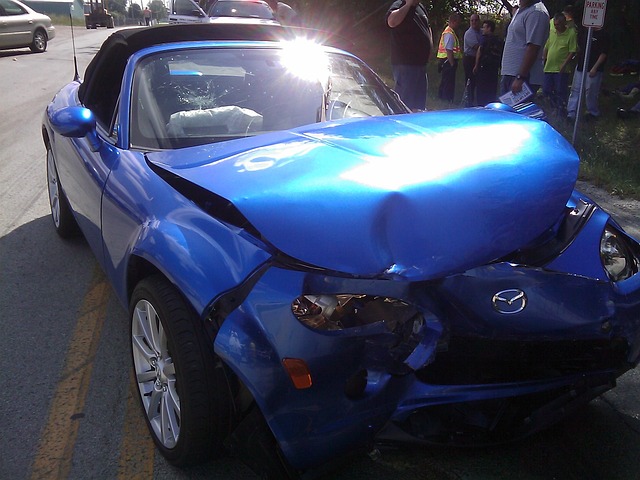PDR (Paintless Dent Repair) for aluminum panels is an eco-friendly, cost-effective solution for rejuvenating damaged vehicle bodies without replacing panels. This specialized technique uses non-invasive tools to remove dents and dings, preserving the original factory finish and minimizing waste. PDR offers faster turnaround times compared to traditional methods, providing high-quality repairs that enhance vehicle aesthetics and maintain customer satisfaction, making it a preferred choice for fender repair and collision scenarios.
In today’s automotive industry, Paintless Dent Repair (PDR) for aluminum panels has emerged as a game-changer, offering efficient, cost-effective, and environmentally friendly solutions for dented surfaces. This article delves into the safety considerations essential for professionals performing PDR on aluminum. From understanding the process and its benefits to identifying potential hazards and implementing best practices, we explore critical aspects ensuring safe and effective PDR. Key topics include personal protective equipment, tool handling, training requirements, and maintenance protocols, providing a comprehensive guide for professionals navigating this dynamic field.
- Understanding PDR for Aluminum Panels: Basics and Benefits
- – Definition of PDR (Paintless Dent Repair)
- – Advantages of using PDR on aluminum panels
Understanding PDR for Aluminum Panels: Basics and Benefits
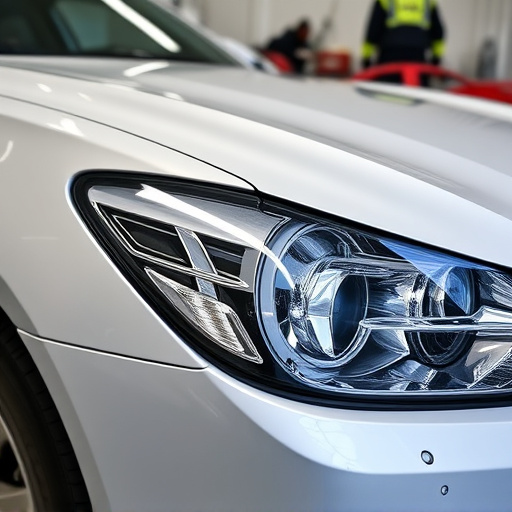
PDR for aluminum panels, or Plastic Deformation Repair, is a specialized technique used to restore and rejuvenate damaged auto body panels on vehicles with aluminum construction. This process involves carefully applying pressure to reshape and realign the panel without replacing it entirely, making it a sustainable and cost-effective solution in the realm of car repair services. By utilizing PDR techniques, auto body shops can offer efficient and high-quality auto body work for various types of aluminum panel damage, from minor dings and dents to larger creases and bulges.
One of the key benefits of PDR for aluminum panels is its ability to preserve the original factory finish on a vehicle, ensuring that the car retains its sleek and vibrant appearance post-repair. This method also reduces waste by minimizing the need for scrap metal and new panel replacements, making it an environmentally friendly choice compared to traditional auto body work. Moreover, PDR can significantly save customers time and money, as it typically involves less labor and material costs, offering a convenient solution for those seeking top-notch repairs without the hefty price tag associated with more extensive auto body shop services.
– Definition of PDR (Paintless Dent Repair)
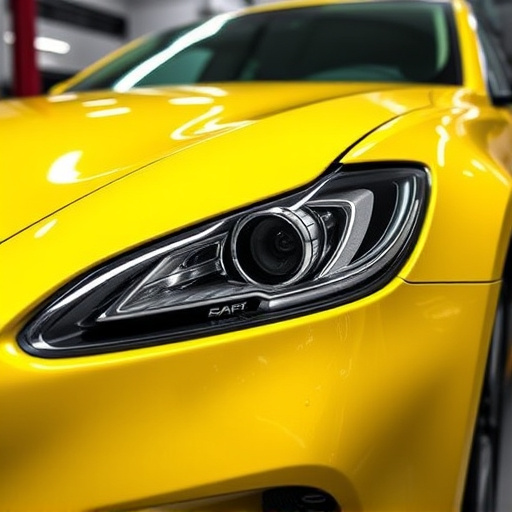
Paintless Dent Repair (PDR) is a specialized technique used to restore damaged vehicle bodies, particularly focusing on removing dents and dings without the need for traditional frame straightening or extensive painting. This non-invasive method has gained popularity, especially for its efficiency in fixing minor car dent repairs on aluminum panels. PDR involves using specialized tools and techniques to manipulate the damaged area back to its original shape, effectively concealing the damage.
Unlike conventional methods like frame straightening, PDR is a cost-effective solution that preserves the integrity of the metal. It’s particularly advantageous for aluminum panels due to their lightweight yet durable nature. By employing PDR techniques, car dent repair professionals can address various types of damage, ensuring vehicles look as good as new while minimizing downtime and maintenance costs associated with more intensive repairs.
– Advantages of using PDR on aluminum panels
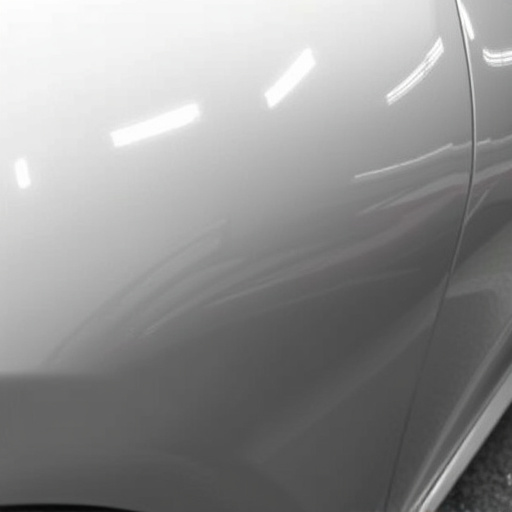
Using PDR (Paintless Dent Repair) on aluminum panels offers a range of advantages, making it a preferred choice in both automotive and vehicle restoration industries. One of its key benefits is the minimal preparation required compared to traditional dent repair methods. This non-invasive approach allows technicians to restore damaged aluminum panels without sanding or painting, preserving the original finish and enhancing the overall aesthetics of the vehicle. PDR is particularly useful for fixing minor dents, dings, and creases, making it an efficient solution for fender repair and auto collision repair processes.
Additionally, PDR for aluminum panels ensures a faster turnaround time, which is crucial in today’s competitive market. The process eliminates the need for lengthy dry times associated with traditional painting methods, enabling quicker vehicle restoration. This efficiency, combined with the precision required for PDR, results in high-quality repairs that are almost indistinguishable from the original panel, ensuring customer satisfaction and retaining the vehicle’s resale value.
In conclusion, PDR for aluminum panels offers a safe and effective solution for dent repair, leveraging its unique benefits like minimal material removal, no painting required, and faster turnaround times. By understanding the process and adhering to safety considerations, professionals can ensure superior results while preserving the original look and value of aluminum vehicles.

